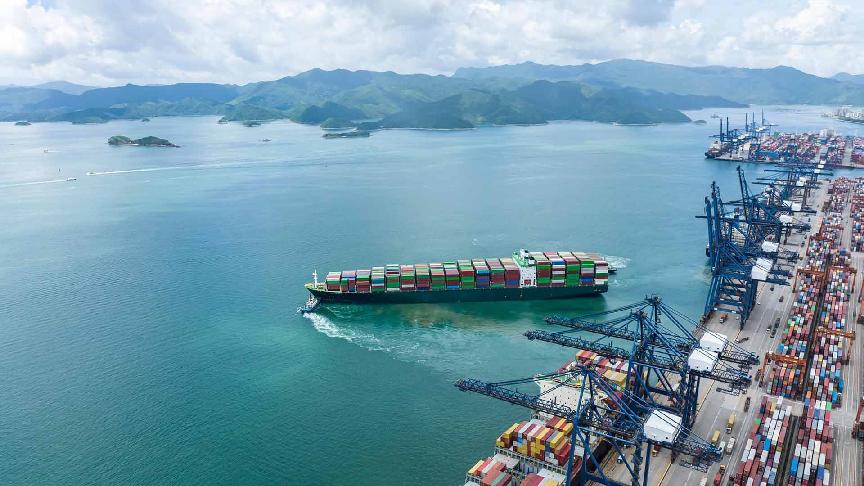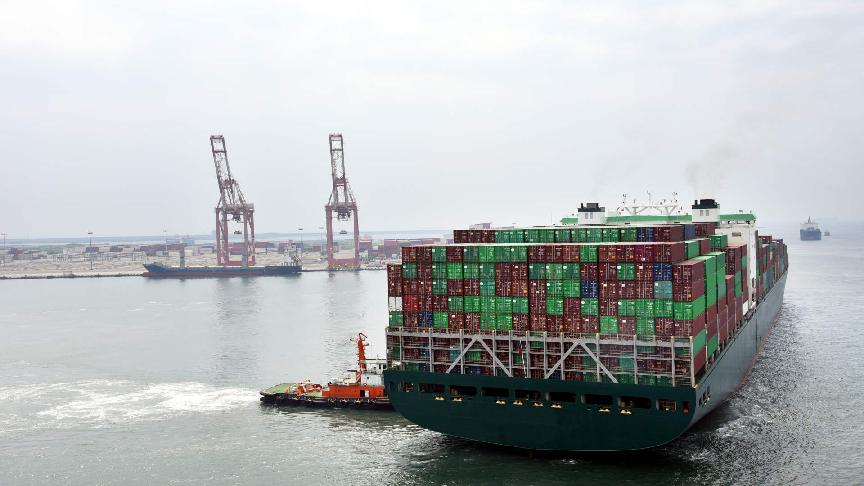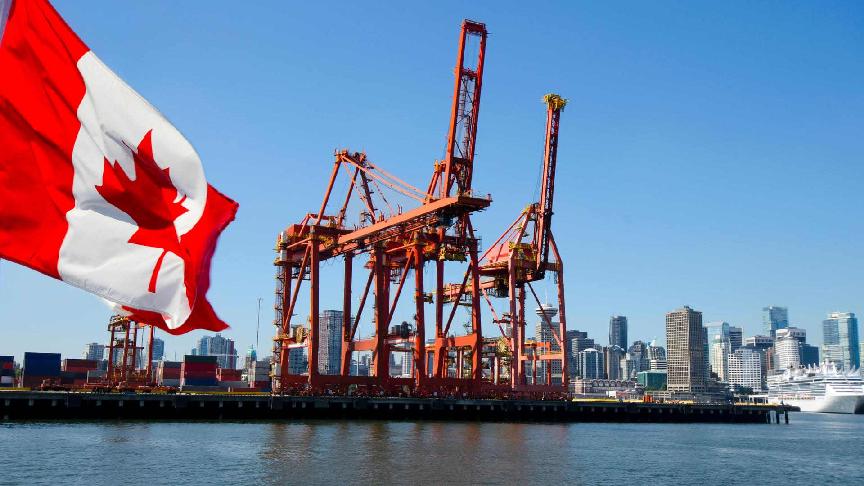The St. Lawrence River, a crucial artery for North American trade, is experiencing significantly low water levels, causing disruptions to container vessel traffic.
According to the latest forecasts by the Canadian Coast Guard, water levels are expected to remain low over the next few weeks.
As a result, the amount of cargo transported from the West Mediterranean, Adriatic, Israel, and Northern Europe (including the UK and Scan Baltic) to Montreal has significantly decreased, says carrier MSC.
For containerised trade, this phenomenon impacts cargo transported to and from the Port of Montreal.
Consequently, ocean carriers MSC, OOCL and Hapag-Lloyd announced the implementation of a low water surcharge for all cargo moving via the port.
The St. Lawrence River is a vital pathway for container ships and an essential part of the region’s economic framework. It links the Great Lakes with the Atlantic Ocean, enabling the transport of goods between North America and global markets.
Strike is over in Montreal Port
Meanwhile, a new advisory by the Port of Montreal announced that the partial strike affecting the Viau and Maisonneuve terminals was lifted on 3 October.
"All Port of Montreal terminals are now open, and cargo can be picked up or dropped off as usual," adds the advisory.
However, a significant number of containers accumulated as a result of the three-day work stoppage. Therefore, delays in container handling are to be expected in the coming weeks.







